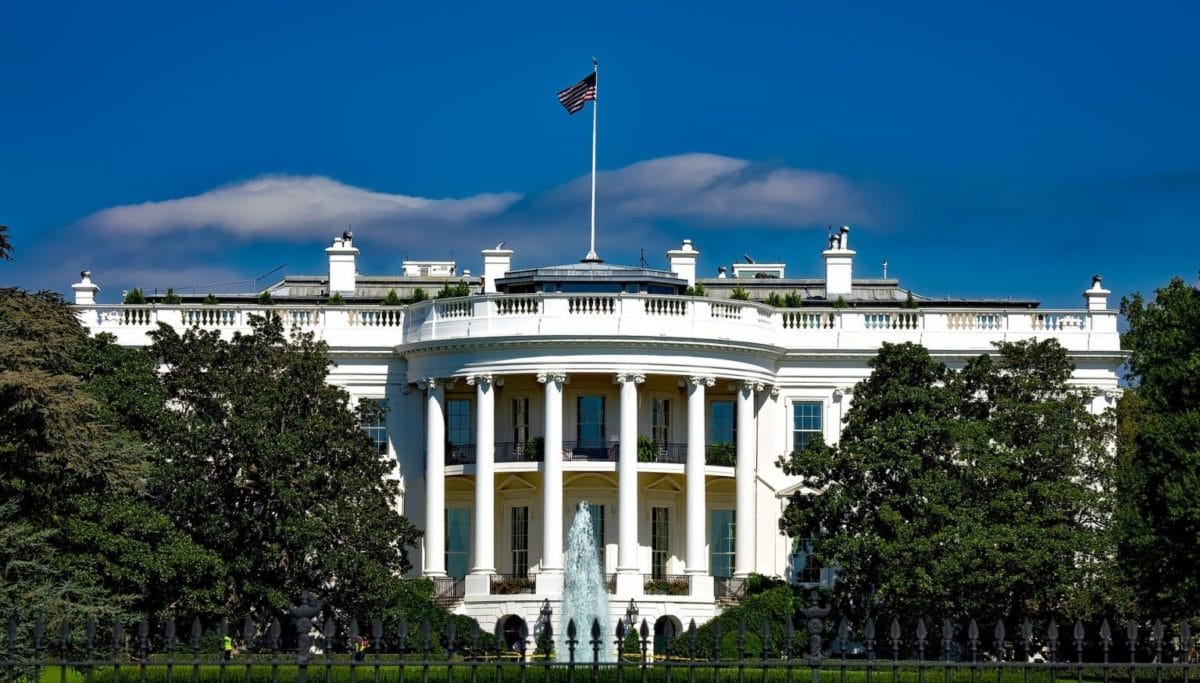From pv magazine USA
U.S. President Joe Biden and his team have been in office for just over two months, and they’ve been busy, especially in terms of renewable energy and climate legislation and related commitments. Let’s take a look at highlights on the energy and climate fronts in Biden’s first few weeks.
January
The first significant development actually happened a day before Biden took office. On Jan. 19, a federal appeals court struck down the 2019 Affordable Clean Energy Rule (ACE), a Trump-administration policy that was set to undo Obama-era emission reduction efforts. The court ruled that ACE was “legally flawed.”
ACE replaced Obama’s 2015 Clean Power Plan, which aimed to reduce U.S. power sector emissions by 32% below 2005 levels by 2030. It looked to lower power sector emissions by 11 million tons, which would come out somewhere between 0.7% and 1.55%, by 2030.
On inauguration day, Biden signed executive orders for the United States to rejoin the Paris climate agreement, and also to block construction of the controversial Keystone XL pipeline. One week later, on Jan. 27, Biden introduced several executive actions aimed at tackling climate change, protecting the environment, and supporting science, clean energy, and disadvantaged communities.
The orders direct federal agencies to procure carbon-free electricity and zero-emission vehicles made in America, following Biden’s Buy American executive order, while eliminating fossil fuel subsidies and identifying ways to make federal operations more resilient to climate-related impacts. They also establish a moratorium on new oil and gas leases on federal lands, while establishing various working groups and setting a goal of conserving at least 30% of U.S. lands and oceans by 2030.
These were the same orders that founded an array of new government groups, including the White House Office of Domestic Climate Policy, the National Climate Task Force, and the Special Presidential Envoy for Climate.
February
On Feb. 5, lawmakers on the U.S. House Ways and Means Subcommittee on Select Revenue reintroduced the Growing Renewable Energy and Efficiency Now (GREEN) Act.
The Green Act would use the federal tax code to help combat the threat of climate change and expand the use of renewable energy, with a five-year extension of the solar Investment Tax Credit (ITC) and the establishment of an ITC for energy storage technology on a stand-alone basis.
On Feb. 8, bills to create a Clean Energy and Sustainability Accelerator to finance up to $463 billion in total investment over the next four years were introduced in the House and the Senate.
To continue reading, please visit our pv magazine USA website.
This content is protected by copyright and may not be reused. If you want to cooperate with us and would like to reuse some of our content, please contact: editors@pv-magazine.com.




1 comment
By submitting this form you agree to pv magazine using your data for the purposes of publishing your comment.
Your personal data will only be disclosed or otherwise transmitted to third parties for the purposes of spam filtering or if this is necessary for technical maintenance of the website. Any other transfer to third parties will not take place unless this is justified on the basis of applicable data protection regulations or if pv magazine is legally obliged to do so.
You may revoke this consent at any time with effect for the future, in which case your personal data will be deleted immediately. Otherwise, your data will be deleted if pv magazine has processed your request or the purpose of data storage is fulfilled.
Further information on data privacy can be found in our Data Protection Policy.